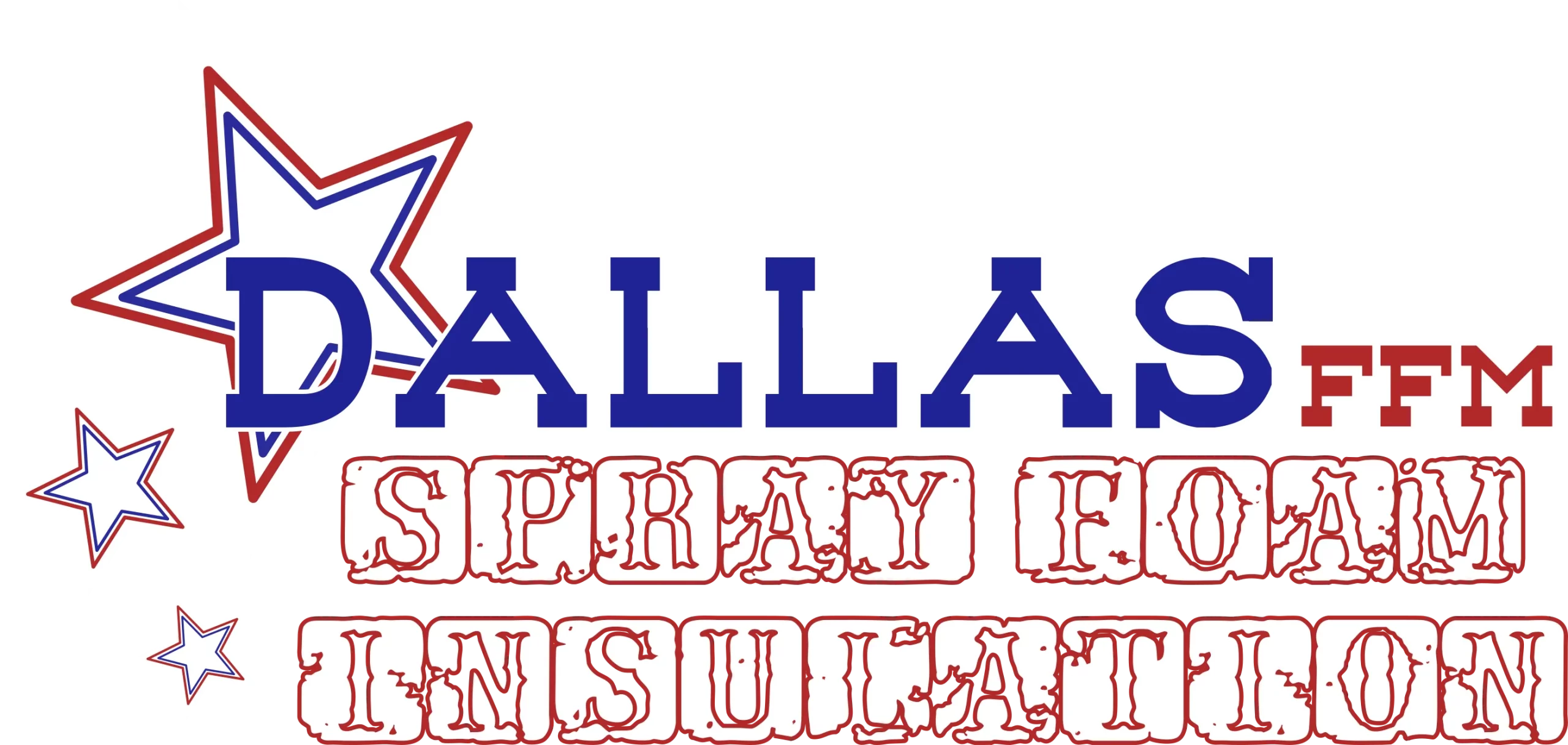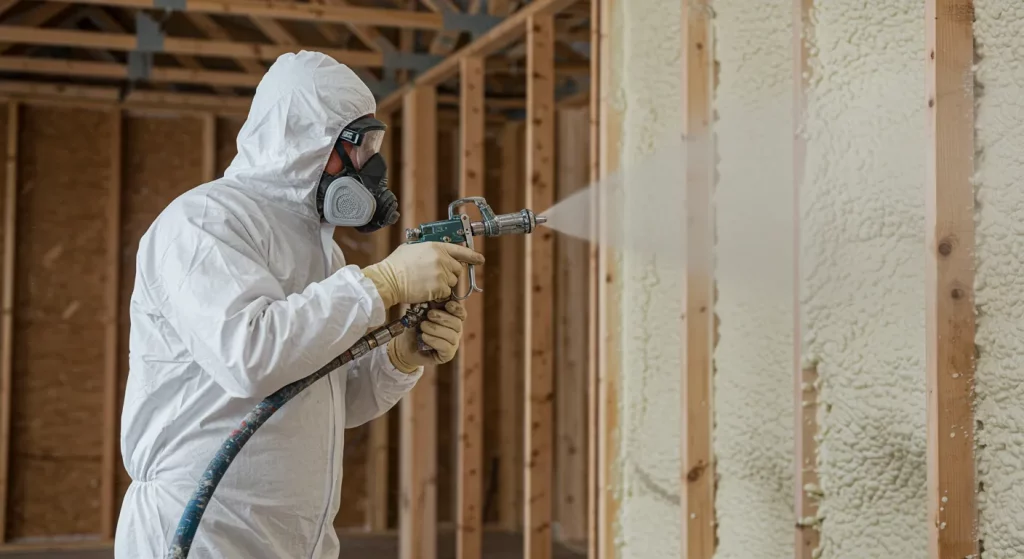Spray foam insulation is widely recognized for its energy efficiency, durability, and ability to create an airtight seal. However, despite these advantages, many banks and mortgage lenders hesitate to finance properties insulated with spray foam. This reluctance often surprises homeowners and property investors, leaving them wondering why such an effective insulation method raises concerns within the financial sector.
Understanding why banks take issue with spray foam insulation requires a deep dive into various aspects, including financial risk assessment, property valuation, material characteristics, and potential complications during resale. This article explores these factors in detail and provides clarity on the subject.
The Core Concerns of Banks Regarding Spray Foam Insulation
1. Impact on Property Valuation
One of the primary reasons banks hesitate to finance properties with spray foam insulation is its impact on valuation. Appraisers often struggle to assess homes with spray foam due to inconsistencies in how the insulation affects resale value.
How Spray Foam Affects Property Valuation
- Difficult Inspection Process: Unlike traditional insulation materials like fiberglass or mineral wool, spray foam adheres directly to surfaces, making it difficult to assess without invasive measures.
- Potential Over-Insulation Issues: Some homes may be over-insulated, leading to moisture-related problems that could decrease the home’s value.
- Inconsistent Market Perception: Some buyers are hesitant to purchase homes with spray foam due to concerns over off-gassing, trapped moisture, or ventilation challenges, causing potential devaluation.
2. Complications During Home Surveys and Mortgage Approval
Mortgage lenders rely on thorough home surveys before approving loans. Spray foam insulation complicates this process due to the difficulty in assessing hidden areas, which can lead to hesitancy among surveyors and lenders alike.
Challenges Faced by Surveyors
- Restricted Access to Roof Timbers: Spray foam often covers roof structures, making it difficult to inspect for rot, mold, or structural damage.
- Lack of Standardized Assessment Methods: Unlike other insulation types, spray foam lacks a universal framework for evaluation, leading to subjective assessments.
- Potential for Misidentification: Some inspectors mistakenly identify spray foam as a problematic material due to outdated perceptions or lack of training.
3. Concerns Over Moisture Retention and Structural Integrity
Spray foam insulation is highly effective at sealing air gaps, but this characteristic can also contribute to moisture retention, which can lead to structural damage over time.
Moisture-Related Risks
- Trapped Moisture Issues: If spray foam is applied incorrectly or in a high-humidity area, it may trap moisture within walls or roofing structures.
- Decay of Wooden Framework: Excess moisture can cause timber structures to decay, leading to potential safety hazards.
- Reduced Breathability: Unlike other insulation materials, spray foam does not allow for natural airflow, which can exacerbate humidity problems.
4. Removal and Remediation Challenges
If issues arise with spray foam insulation, the removal process can be complex and costly. Banks take this into account when assessing the financial risk of a property.
Complications with Removal
- High Removal Costs: The process of removing spray foam requires specialized equipment and labor-intensive work, increasing expenses.
- Damage to Underlying Structures: Removing spray foam can cause damage to wooden beams, plaster, and other integral parts of the home.
- Potential Health Risks: The removal process can release particles that may be harmful if inhaled without proper protective measures.
5. Insurance and Warranty Limitations
Many insurance companies and warranty providers impose restrictions on properties with spray foam insulation. These limitations can discourage banks from approving mortgages.
Why Insurance Providers Are Cautious
- Higher Risk Classification: Some insurance providers classify homes with spray foam insulation as higher risk due to the difficulty in detecting hidden damage.
- Limited Warranty Coverage: Many home warranties exclude coverage for issues related to improperly applied spray foam insulation.
- Fire Resistance Concerns: Although some spray foams have fire-retardant properties, others may be more combustible, leading to increased insurance premiums.
6. Market Perception and Resale Challenges
Homes with spray foam insulation can face unique resale challenges due to varying buyer perceptions and market conditions.
Resale Market Issues
- Limited Buyer Interest: Some potential buyers avoid homes with spray foam due to concerns about unknown risks.
- Higher Loan Rejection Rates: Buyers may struggle to secure financing if lenders are unwilling to approve mortgages for spray foam-insulated properties.
- Difficulty in Securing Home Inspections: Many home inspectors hesitate to assess spray foam insulation due to its invasive nature and lack of standardized guidelines.
Solutions for Homeowners Facing Mortgage Issues
Despite these concerns, there are steps homeowners can take to mitigate issues with mortgage lenders and ensure smooth financing for spray foam-insulated properties.
1. Obtaining Certification from Reputable Installers
Hiring a certified professional to install spray foam insulation and obtaining proper documentation can reassure lenders and potential buyers.
2. Securing an Independent Property Assessment
Homeowners can hire independent assessors to verify the condition of their insulation and structure, providing valuable documentation for lenders.
3. Educating Buyers and Lenders
Providing potential buyers and lenders with well-documented information on the benefits and safety of spray foam insulation can help ease concerns.
4. Checking Insurance Policies in Advance
Before installing spray foam insulation, homeowners should consult their insurance providers to ensure proper coverage and avoid future complications.
5. Ensuring Proper Ventilation and Moisture Control
Proper ventilation and moisture management strategies can minimize risks associated with spray foam insulation and reassure both buyers and lenders.
Conclusion
While spray foam insulation offers numerous benefits, including superior energy efficiency and long-term durability, banks remain cautious due to its impact on property valuation, mortgage approval, and resale potential. Understanding these concerns can help homeowners navigate the complexities of securing financing for spray foam-insulated properties.
For those in need of expert guidance on spray foam insulation solutions in Dallas, TX, Dallas FFM Spray Foam Insulation provides professional services to ensure proper installation and compliance with industry standards.
Frequently Asked Questions
Why do mortgage lenders refuse homes with spray foam insulation?
Lenders often refuse mortgages for homes with spray foam insulation due to concerns about structural integrity, hidden damage, and complications with resale.
Can spray foam insulation lower my home’s value?
In some cases, spray foam insulation may negatively impact property valuation if it complicates inspections or raises concerns among potential buyers.
Is spray foam insulation safe for homes?
Yes, when installed correctly, spray foam insulation is safe. However, improper installation can lead to moisture issues and ventilation problems.
Can I remove spray foam insulation if needed?
Yes, but removal is a costly and labor-intensive process that may damage the underlying structure of the home.
How can homeowners address lender concerns about spray foam insulation?
Homeowners can obtain certification from reputable installers, secure independent property assessments, and educate potential buyers and lenders on the safety and benefits of spray foam insulation.



